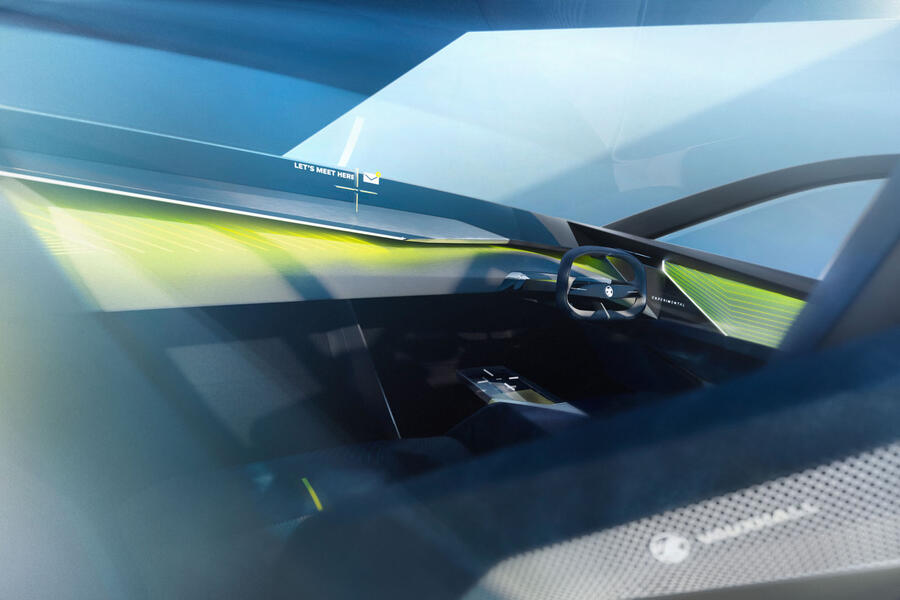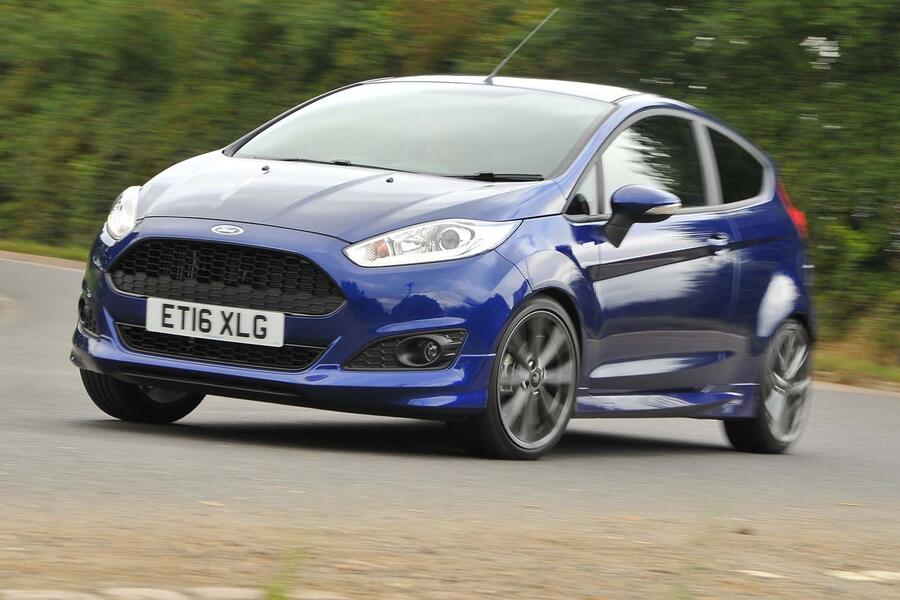In these 10 images, you can get a clear idea about the entry-level variant of the new Honda SUV

The Honda Elevate was recently launched with prices ranging from Rs 11 lakh to Rs 16 lakh (ex-showroom). It can be opted in four variants – SV, V, VX, and ZX. While we’ve already seen the top-end ZX variant in our review and the mid-spec V variant, here’s a detailed look at the base-spec SV variant.

From the front, the base variant of the Honda Elevate looks almost identical to the top-end variant, thanks to the LED projector headlamps, LED DRLs, and the large grille with chrome heading. The only thing missing compared to the top-end are LED front fog lamps and a gloss black finish for the grille.

Move to the side, and the entry-level nature of the Elevate SV reveals itself. This gets 16-inch steel wheels without any covers. It still gets upmarket details like turn indicators on the ORVMs. Compared to the higher variants, it also skips out on chrome door handles and garnish for the roof rails.

The rear profile also looks similar to the top-end variant, thanks to the connected LED tail lamps. Rear wiper and washer are additionally offered from the VX variant.

Step inside the cabin and the first thing to notice is the missing touchscreen infotainment system. From the next V variant, you get the convenience of an 8-inch infotainment while the premium 10.25-inch unit is limited to the top-spec variant. However, this design does allow buyers to find an aftermarket unit without affecting the dashboard design from Honda.
Also Read: Honda Elevate Vs Honda City – Prices And Specifications Compared

The interior is covered in a black and beige theme, as opposed to the black and brown shade on the top-spec ZX. It also comes with rear AC vents as standard.

Other features onboard the SV variant include steering-mounted controls (likely compatible with an aftermarket infotainment unit), electrically adjustable ORVMs, automatic AC, tilt and telescopic steering adjust, and a height-adjustable driver seat. The base-spec Elevate gets an analog instrument cluster with an MID, whereas the higher-end variants use a semi-digital driver’s display.

The Honda Elevate SV also gets keyless entry and push-button start-stop as standard.

Safety is covered by dual front airbags, 3-point seatbelts for all passengers, ISOFIX child seat mounts, rear parking sensors, electronic stability control (ESC), and hill start assist.

Honda offers the Elevate with a 1.5-litre petrol engine, which delivers 121PS and 145Nm. The base variant only gets a 5-speed manual transmission, while the CVT is available from the next V variant.
If you’re still confused about another variant, here’s our detailed variant-wise feature analysis of the Elevate. Meanwhile, we’ve also compared its prices against its compact SUV rivals.
Read More on : Elevate on road price












